Home>Renovation & DIY>Tools & Equipment>What Grit Sandpaper To Remove Scratches From Car
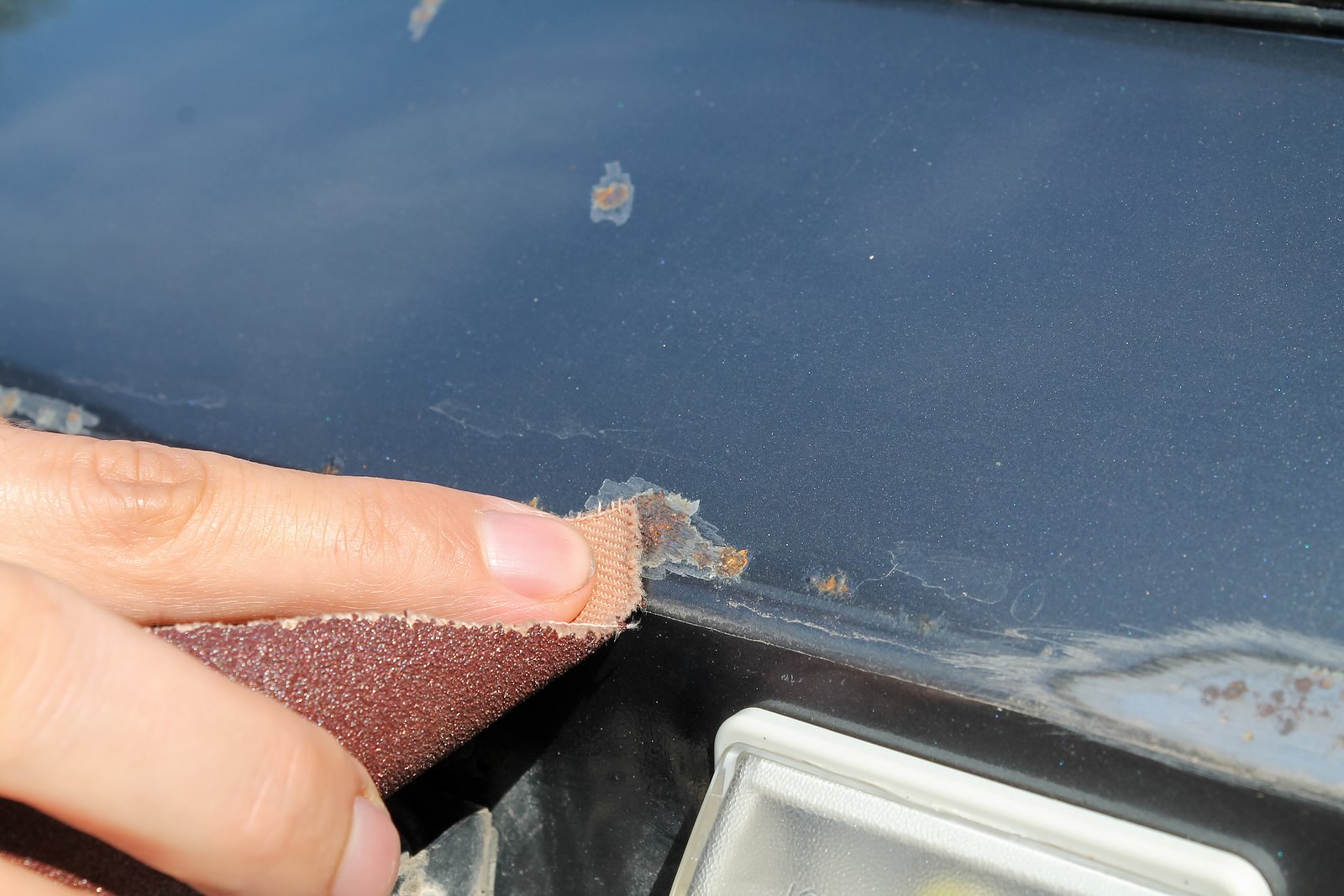

Tools & Equipment
What Grit Sandpaper To Remove Scratches From Car
Modified: January 5, 2024
Find the right grit sandpaper to effectively remove scratches from your car's surface. Explore our selection of tools and equipment for a flawless finish.
(Many of the links in this article redirect to a specific reviewed product. Your purchase of these products through affiliate links helps to generate commission for Storables.com, at no extra cost. Learn more)
Introduction
When it comes to maintaining the appearance of your car, scratches can be a frustrating and unsightly issue. Whether they’re from accidental collisions, brushes with branches, or other incidents, scratches can diminish the overall look of your vehicle and even affect its resale value. Luckily, with the right tools and techniques, you can remove those scratches and restore your car’s glossy finish.
One key tool in the battle against scratches is grit sandpaper. Grit sandpaper comes in various grades, each designed for different purposes. By understanding how to choose the right grit sandpaper and utilizing the proper techniques, you can effectively remove scratches and rejuvenate your car’s appearance.
In this article, we’ll guide you through the process of choosing the correct grit sandpaper to remove scratches from your car. We’ll explore what grit sandpaper is, how to assess the depth of the scratches, and ultimately determine the appropriate grit sandpaper for your specific situation. Additionally, we’ll provide tips on preparing your car for sanding, techniques for effective scratch removal, and how to add the perfect finishing touches to achieve a professional-looking result.
So, put on your gloves, grab your sandpaper, and let’s dive into the world of scratch removal!
Key Takeaways:
- Choose the right grit sandpaper based on scratch depth: Surface scratches require 1000-1500 grit, medium depth scratches need 800-2000 grit, and deep scratches may need 600-1500 grit followed by touch-up paint or professional repair.
- Proper preparation and technique are crucial: Clean the area, mask off surrounding areas, start with coarse grit, keep the surface wet, and gradually switch to finer grits. Finish with cutting compound, polish, and protect the surface with wax or sealant for a professional-looking result.
Read more: What Grit Sandpaper To Remove Paint From Car
Understanding Grit Sandpaper
Grit sandpaper is a type of abrasive material used for sanding various surfaces, including cars. It consists of a backing material, such as paper or cloth, with abrasive particles bonded to it. These abrasive particles come in different sizes and are referred to as “grits.”
The grit of sandpaper refers to the number of abrasive particles per square inch. Lower grit numbers indicate larger particles, resulting in a more coarse and aggressive abrasive action. Higher grit numbers indicate smaller particles, which provide a finer and smoother sanding action.
When it comes to removing scratches from a car’s surface, the goal is to gradually level the scratched area with the surrounding surface. This requires starting with a coarser grit sandpaper to remove the deeper layers of the scratch and progressively moving to finer grits to refine and blend the sanded area with the rest of the paintwork.
Common grit ranges used for removing scratches from cars typically start around 400 or 600 grit and go up to 3000 grit or higher. The specific grits you’ll need will depend on the depth and severity of the scratches.
It’s important to note that using a grit that is too coarse can result in damaging the surrounding paintwork or creating visible sanding marks that are difficult to remove. Conversely, using a grit that is too fine may not effectively remove the scratch and can prolong the repair process.
When working with grit sandpaper, it’s crucial to keep the sandpaper clean and free from debris. Regularly inspect the sandpaper for wear and replace it if it becomes worn or clogged with paint residue. Using high-quality sandpaper from reputable brands ensures a consistent and effective sanding experience.
Now that we have a basic understanding of grit sandpaper, let’s move on to evaluating the depth of the scratches and determining the appropriate grit sandpaper for the job at hand.
Assessing the Depth of the Scratches
Before diving into the sanding process, it’s important to assess the depth of the scratches on your car’s surface. This will help you determine the appropriate grit sandpaper to use for effective removal without causing further damage.
There are generally three levels of scratch depth:
- Surface Scratches: These are shallow scratches that only affect the clear coat layer of your car’s paint. They are typically the easiest to remove and usually do not require aggressive sanding.
- Medium Depth Scratches: These scratches penetrate through the clear coat and can reach the basecoat layer. They are more visible and may require slightly more aggressive sanding to level the surface.
- Deep Scratches: These are the most severe scratches, going beyond the clear coat and basecoat layers, and sometimes reaching the primer or even the bare metal. Deep scratches require careful sanding techniques and, in some cases, may require touch-up paint or professional repair.
Assessing the depth of the scratches can be done by carefully running your finger over the scratch. If you can feel the scratch with your nail, it is likely deeper and will require more aggressive sanding. If the scratch is barely perceptible to the touch, it is likely a surface scratch that can be easily remedied.
It’s crucial to note that if the scratches are too deep or extend beyond the paint layers, it may be necessary to consult a professional for repair. Attempting to remove deep scratches on your own without the necessary expertise could lead to further damage and additional repair costs.
Once you have determined the depth of the scratches, it’s time to select the appropriate grit sandpaper to effectively remove them. In the next section, we’ll explore the different grits and their recommended uses for scratch removal.
Determining the Appropriate Grit Sandpaper
The key to successfully removing scratches from your car’s surface lies in choosing the right grit sandpaper. The appropriate grit will depend on the depth of the scratches and the type of paint or clear coat on your vehicle.
Here are some general guidelines for selecting the right grit sandpaper:
- Surface Scratches: For shallow surface scratches that only affect the clear coat, a fine grit sandpaper with a range of 1000 to 1500 grit is usually sufficient. These finer grits allow for gentle sanding that smooths out the scratch without removing too much material.
- Medium Depth Scratches: For scratches that penetrate through the clear coat and reach the basecoat layer, a slightly more aggressive approach is needed. Starting with a grit of around 800 or 1000 can help level the scratch effectively. Gradually move to finer grits, such as 1500 or 2000, to refine the sanded area and blend it with the rest of the paintwork.
- Deep Scratches: Deep scratches require careful consideration and potentially more advanced repair techniques. In some cases, it may be necessary to consult a professional. However, if you wish to attempt the repair yourself, start with a grit of around 600 or 800 to level the scratch. Then, gradually move to finer grits like 1000 or 1500 to smoothen the area. Depending on the depth, you may need to use touch-up paint or consult a professional for complete repair.
It’s important to remember that the grit progression should start with a coarser grit and gradually move to finer grits. This ensures a step-by-step removal of the scratch and helps avoid any sudden or drastic changes in the paint surface.
Additionally, different types of paint and clear coats may have varying responses to sanding. It’s recommended to do a test spot on an inconspicuous area of the car using a small piece of sandpaper to assess the effectiveness of a particular grit. This way, you can determine the ideal sandpaper for your specific vehicle’s paint system.
Now that you have a better understanding of how to determine the appropriate grit sandpaper for your scratches, let’s move on to the next step – preparing your car for sanding.
Use 1500-2000 grit sandpaper to remove scratches from a car. Start with the lowest grit and gradually work your way up to avoid causing further damage. Always use water or a lubricant to prevent overheating and further scratching.
Preparing the Car for Sanding
Before you start sanding the scratches on your car, it’s essential to properly prepare the surface to ensure the best possible results. Preparing the car for sanding involves a few key steps:
- Clean the Area: Begin by thoroughly washing the affected area of the car using a gentle car soap and water. This will remove any dirt, debris, or loose contaminants that could interfere with the sanding process.
- Mask off Surrounding Areas: Use painter’s tape and plastic sheeting to mask off any surrounding areas that you don’t want to accidentally sand or damage. This includes adjacent panels, trim, and other sensitive areas.
- Remove Wax and Polish: If your car has wax or polish on the surface, it’s crucial to remove it before sanding. Wax and polish can interfere with the sanding process and potentially clog the sandpaper. Use a wax and grease remover or a mild solvent to thoroughly clean the surface.
- Sandpaper Wetting: For best results, it’s often beneficial to wet the sandpaper before use. You can either soak the sandpaper in water for a few minutes or keep a spray bottle of water nearby to periodically wet the surface area while sanding. Wet sanding helps prevent the sandpaper from clogging and reduces friction, resulting in a smoother sanding process.
Remember to work in a well-ventilated area, preferably outdoors or in a well-ventilated garage. Also, always wear protective safety gear, such as gloves and safety glasses, to keep yourself safe during the sanding process.
By properly preparing the car for sanding, you create a clean and safe working environment that allows for effective scratch removal. Now that you’ve prepared your car, it’s time to learn the techniques for sanding the scratches and restoring your car’s sleek appearance.
Sanding Techniques for Scratch Removal
Now that you have assessed the depth of the scratches, determined the appropriate grit sandpaper, and prepared your car for sanding, it’s time to learn the proper techniques for scratch removal. Follow these steps to effectively sand out the scratches and restore your car’s surface:
- Start with the Coarsest Grit: Begin sanding with the coarsest grit that is appropriate for the depth of the scratches. Use light pressure and make smooth, even strokes in the direction of the scratch. Avoid applying excessive force, as this can result in uneven sanding or damage to the surrounding areas.
- Keep the Surface Wet: As you sand, regularly wet the surface using a spray bottle or by dipping the sandpaper in clean water. This helps to prevent the sandpaper from clogging and makes the sanding more efficient. Be sure to keep the sandpaper and the surface lubricated throughout the sanding process.
- Change Grits Gradually: As the scratch starts to level out, gradually move to finer grits. Switching to the next grit should be done after achieving a uniform and even surface with the previous grit. Remember to wet the surface and sandpaper each time you switch to a finer grit.
- Use a Light Touch: As you progress to finer grits, reduce the pressure applied to the sandpaper. The goal is to gently smooth out the sanded area without creating visible sanding marks. Continue sanding until the scratches are no longer visible or have significantly reduced in depth.
- Inspect the Surface: Periodically clean the sanded area and inspect it under proper lighting conditions to ensure that the scratches are adequately removed. If necessary, repeat the process with a finer grit until the desired result is achieved.
While sanding, it’s vital to maintain patience and avoid rushing the process. Take your time and regularly evaluate your progress to avoid over-sanding or causing further damage to the paintwork.
Once you are satisfied with the results of the scratch removal, it’s time to move on to the next step – adding the finishing touches and polishing the surface to restore its original shine.
Finishing Touches and Polishing
After successfully sanding out the scratches on your car’s surface, it’s crucial to add the finishing touches to achieve a polished and professional look. Follow these steps to bring back the shine and protect the newly sanded area:
- Clean the Surface: Thoroughly clean the sanded area using a gentle car wash soap and water. This will remove any residue from the sanding process and ensure a clean surface for the next step.
- Apply a Cutting Compound or Scratch Remover: To further enhance the appearance and reduce any haze left from sanding, you can use a cutting compound or scratch remover. Apply a small amount to a microfiber cloth or foam applicator pad and gently rub it onto the sanded area in circular motions. Follow the product’s instructions for best results.
- Polish the Surface: After using a cutting compound or scratch remover, it’s time to polish the surface to restore its glossy finish. Apply a high-quality car polish to a clean microfiber cloth and gently work it into the sanded area using circular motions. Continue until the area is evenly polished and blends seamlessly with the surrounding paint.
- Protect the Surface: To ensure long-lasting results, it’s essential to protect the newly polished surface. Apply a layer of wax or sealant to provide a protective barrier against environmental elements. Follow the manufacturer’s instructions for proper application and curing times.
By adding these finishing touches, you not only bring back the shine and luster of your car’s surface but also protect it from future scratches and damage.
It’s important to note that for deep scratches that extend beyond the clear coat and basecoat layers, additional steps may be required, such as using touch-up paint or consulting a professional for a complete repair. These steps can help ensure a seamless finish and maintain the structural integrity of your car’s paintwork.
Now that you have completed the finishing touches, take a step back and admire the results of your hard work. Your car’s surface should now be free from scratches, restored to its former glory, and ready to turn heads on the road.
Conclusion
Scratches on your car can be a frustrating and unsightly issue, but with the right tools, techniques, and a bit of patience, you can effectively remove those scratches and restore your vehicle’s polished appearance. Grit sandpaper is an essential tool in the battle against scratches, allowing you to level the scratched area with the rest of the paintwork.
By understanding the different grits of sandpaper and assessing the depth of the scratches, you can determine the appropriate grit sandpaper for the job. Starting with a coarser grit and gradually moving to finer grits, you can effectively remove the scratches and blend the sanded area with the surrounding paint. It’s important to keep the sandpaper clean, use quality materials, and work in a well-ventilated area for optimal results.
Properly preparing your car for sanding, including cleaning the area, masking off surrounding areas, and removing wax or polish, is crucial to ensure a smooth sanding process. When sanding, utilize the appropriate techniques, such as using a light touch and regularly inspecting the surface, to avoid over-sanding or causing further damage.
Once you have successfully sanded out the scratches, adding the finishing touches and polishing the surface will bring back the shine and protect the newly sanded area. Clean the surface, apply a cutting compound or scratch remover, and polish the area to restore the glossy finish. Finally, protect the surface with a layer of wax or sealant to maintain its appearance and shield it from future damage.
Remember, deep scratches that extend beyond the paint layers may require additional steps or professional assistance for complete repair. It’s important to balance your DIY efforts with knowing when it’s best to seek professional help.
Now armed with the knowledge of grit sandpaper, scratch assessment, and sanding techniques, you can confidently tackle those scratches on your car’s surface. So, grab your sandpaper, follow the steps outlined in this article, and give your car the attention it deserves. Before you know it, those unsightly scratches will be a thing of the past, and your car will be shining like new once again.
Frequently Asked Questions about What Grit Sandpaper To Remove Scratches From Car
Was this page helpful?
At Storables.com, we guarantee accurate and reliable information. Our content, validated by Expert Board Contributors, is crafted following stringent Editorial Policies. We're committed to providing you with well-researched, expert-backed insights for all your informational needs.
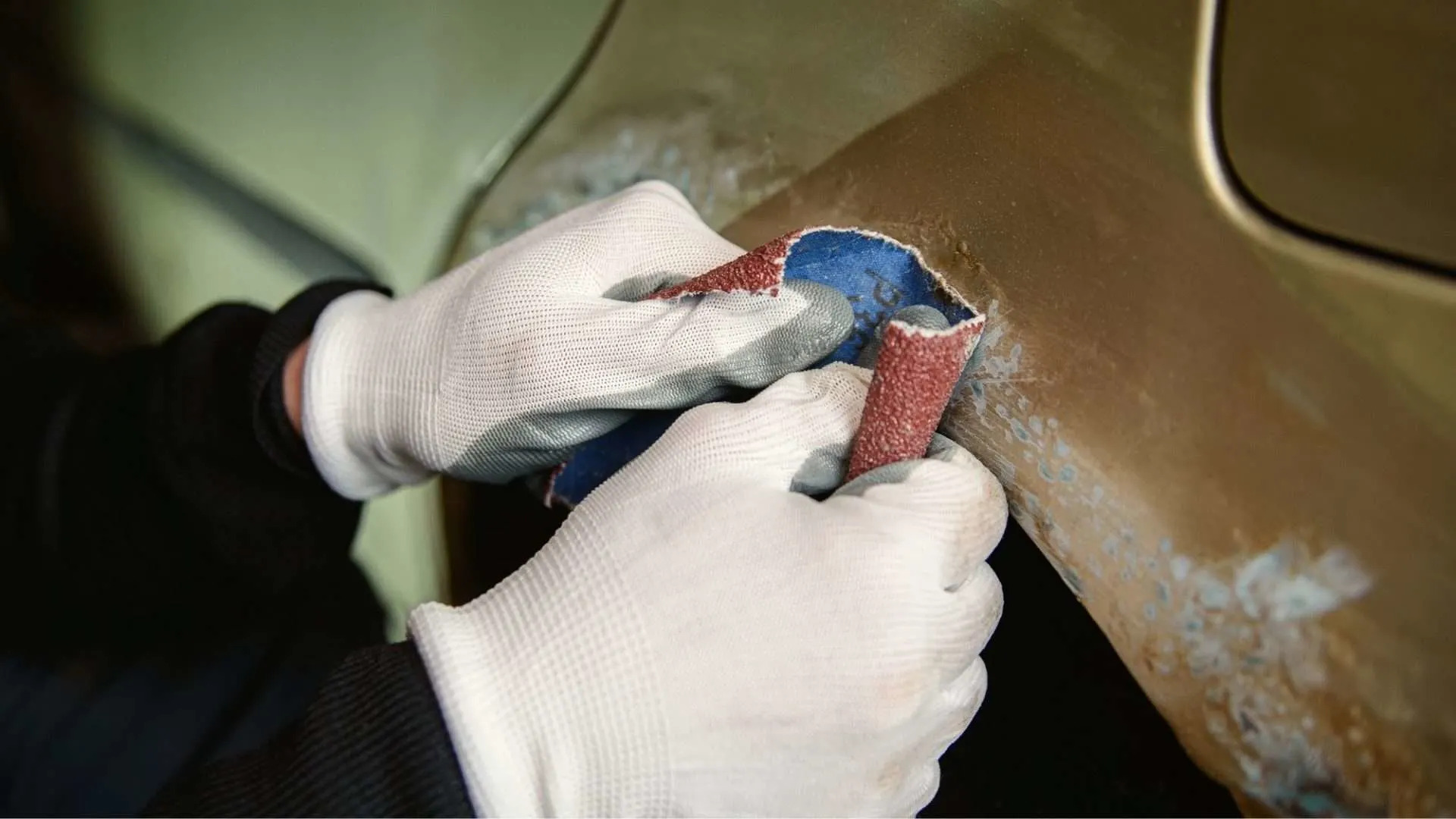
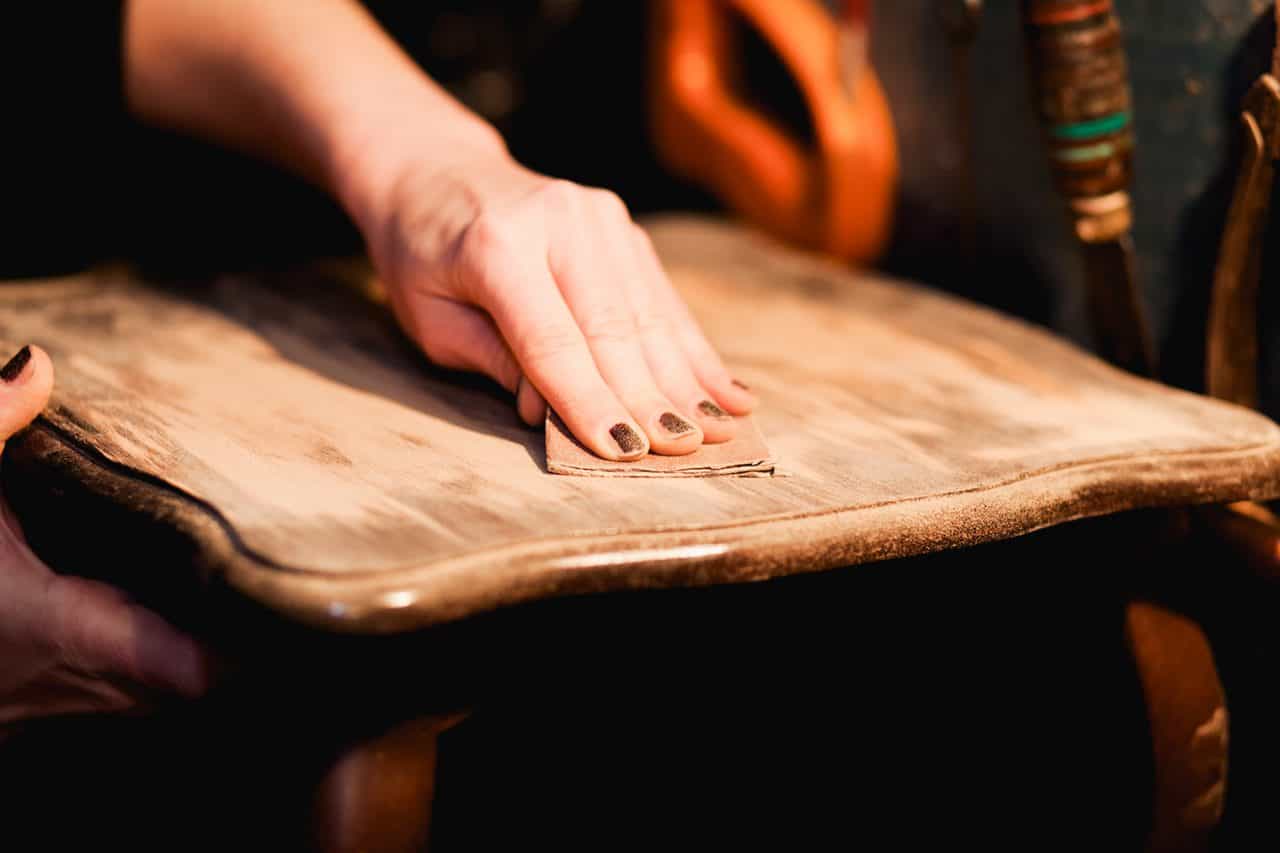
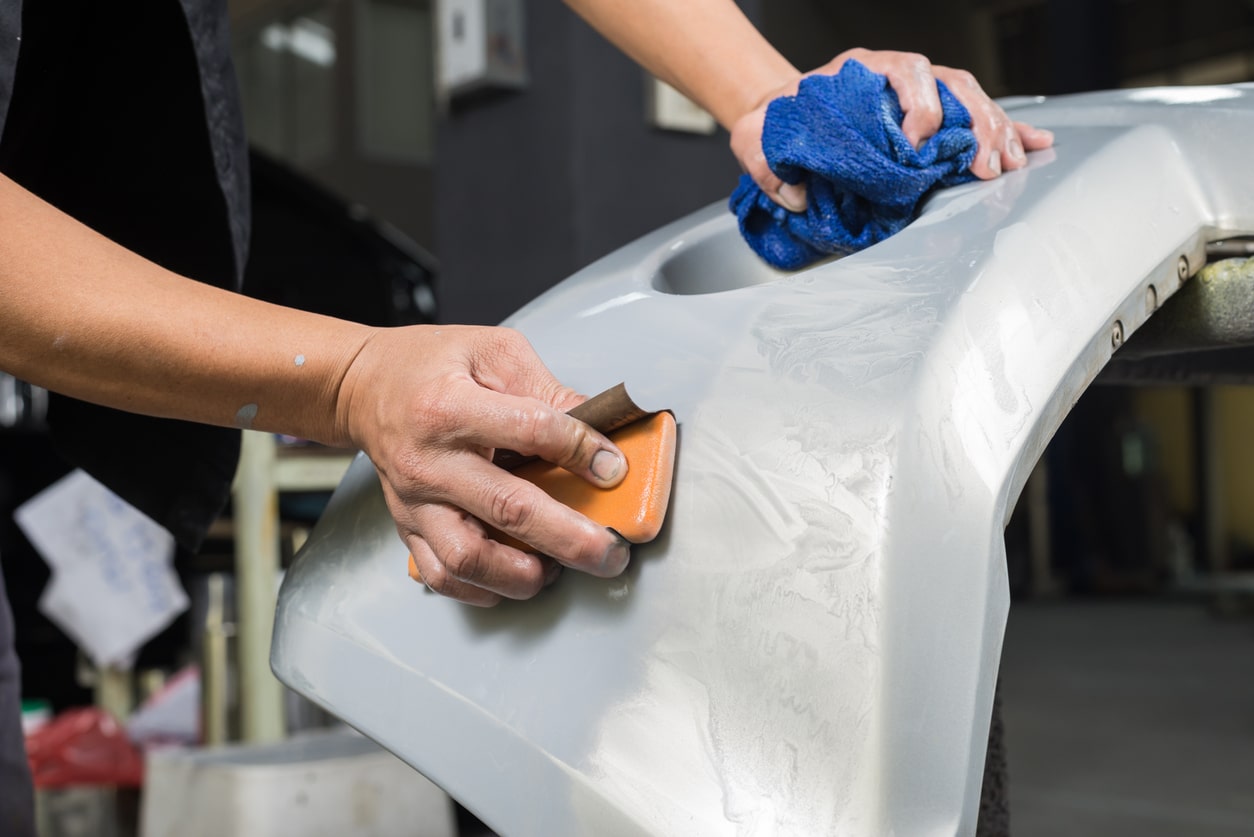
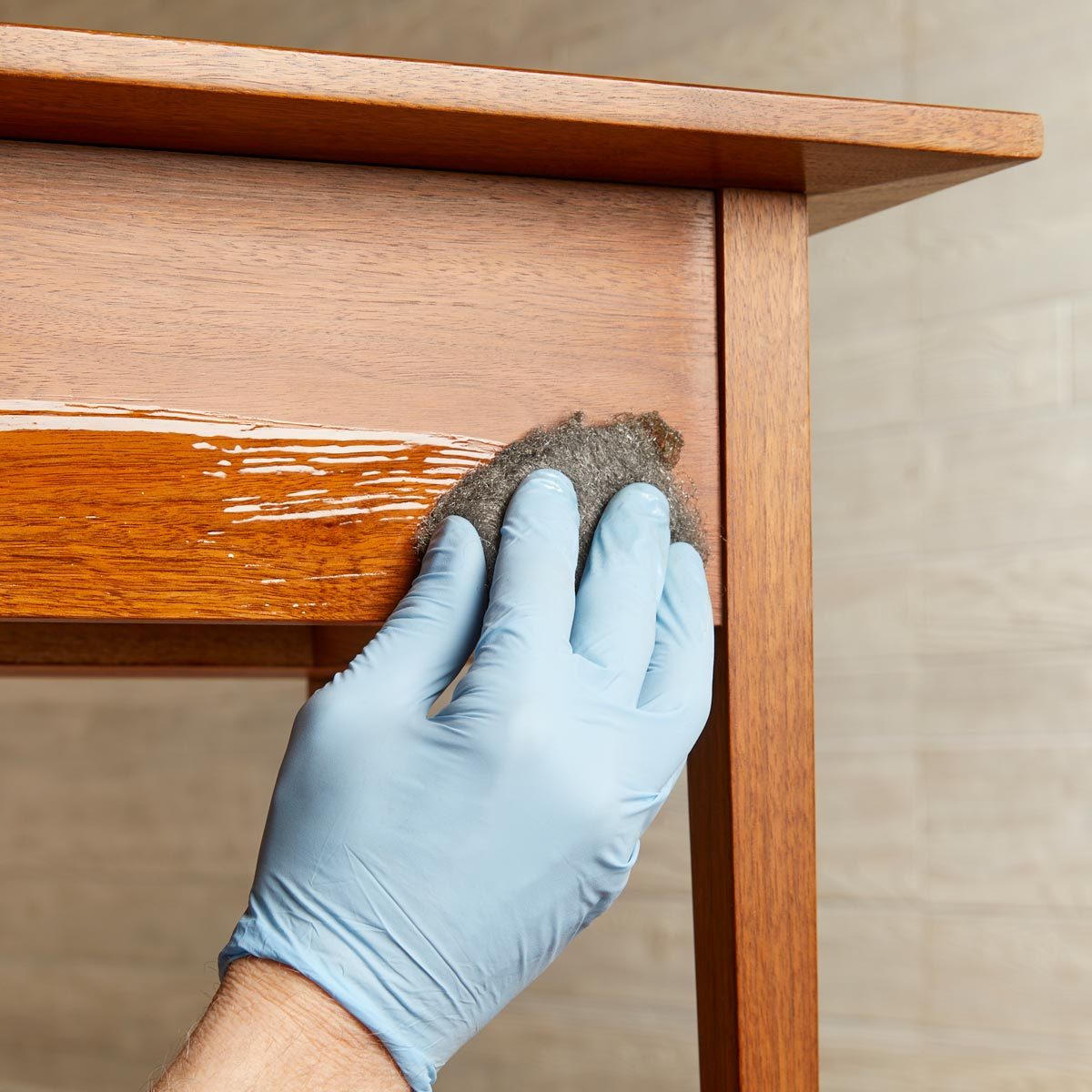
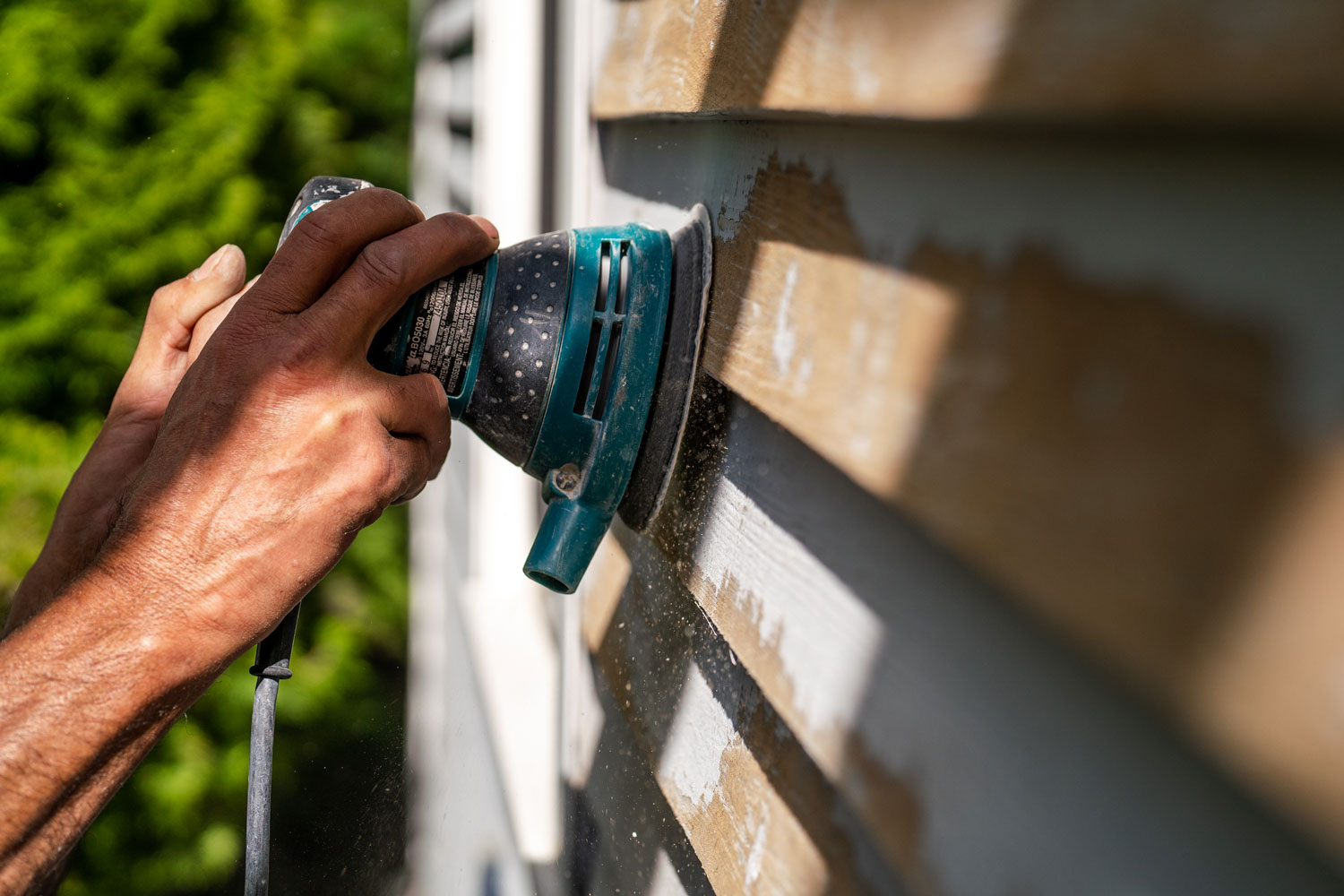
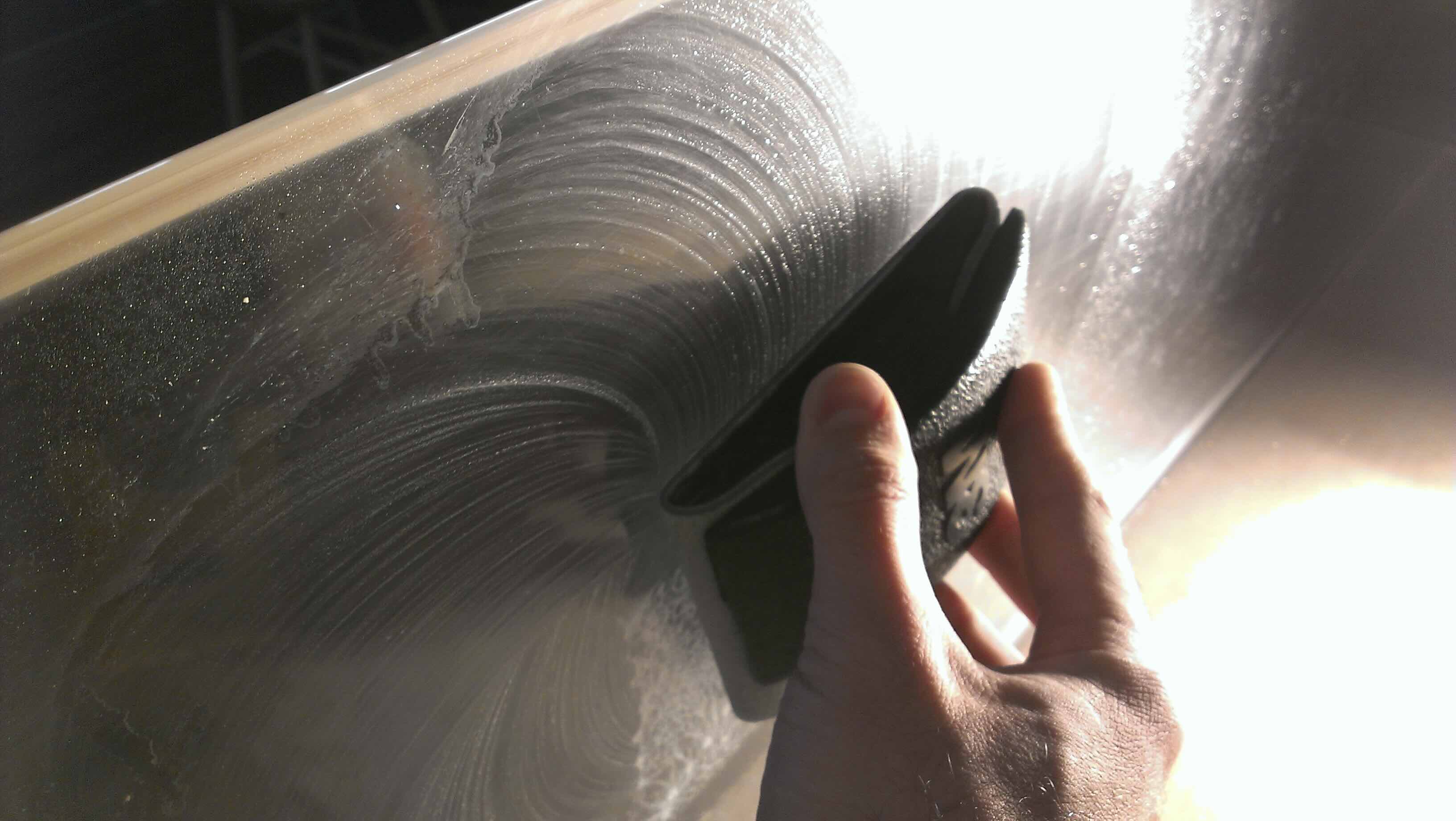
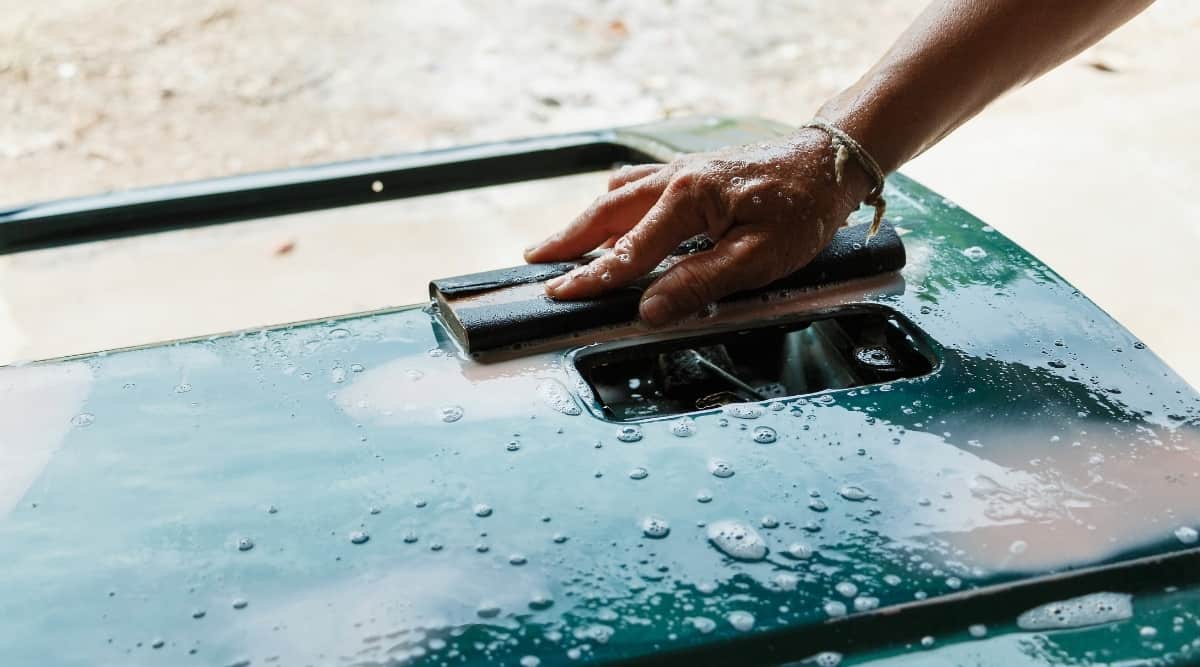
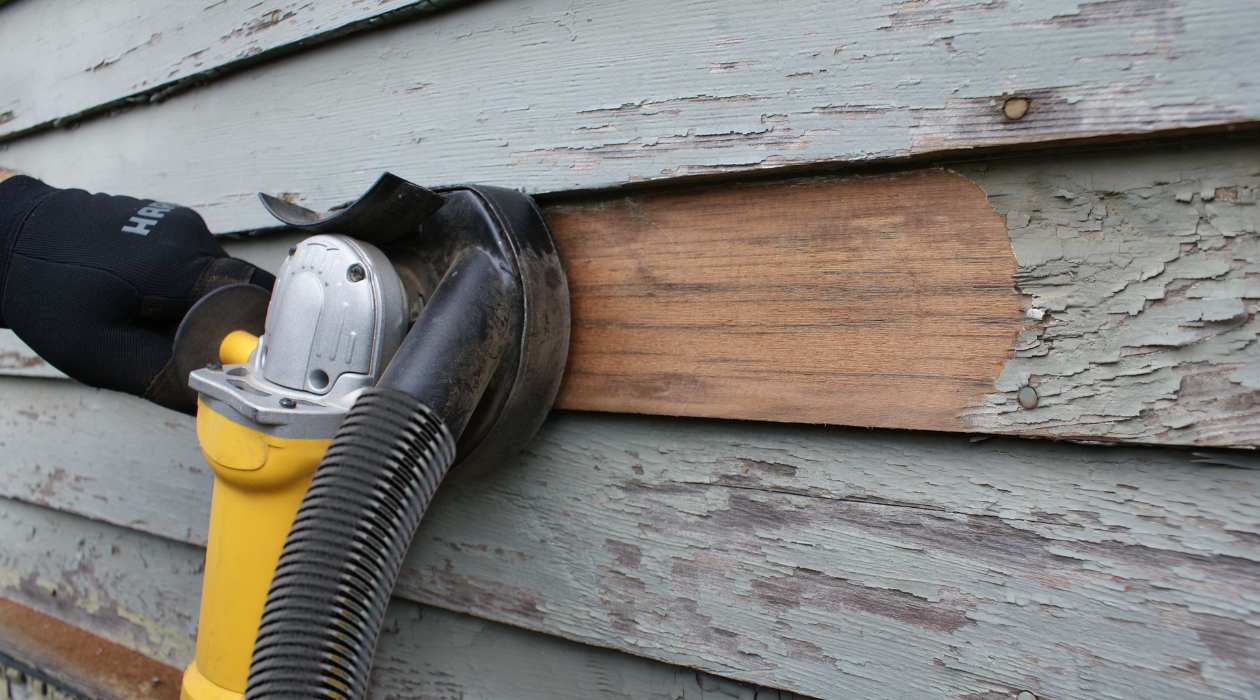
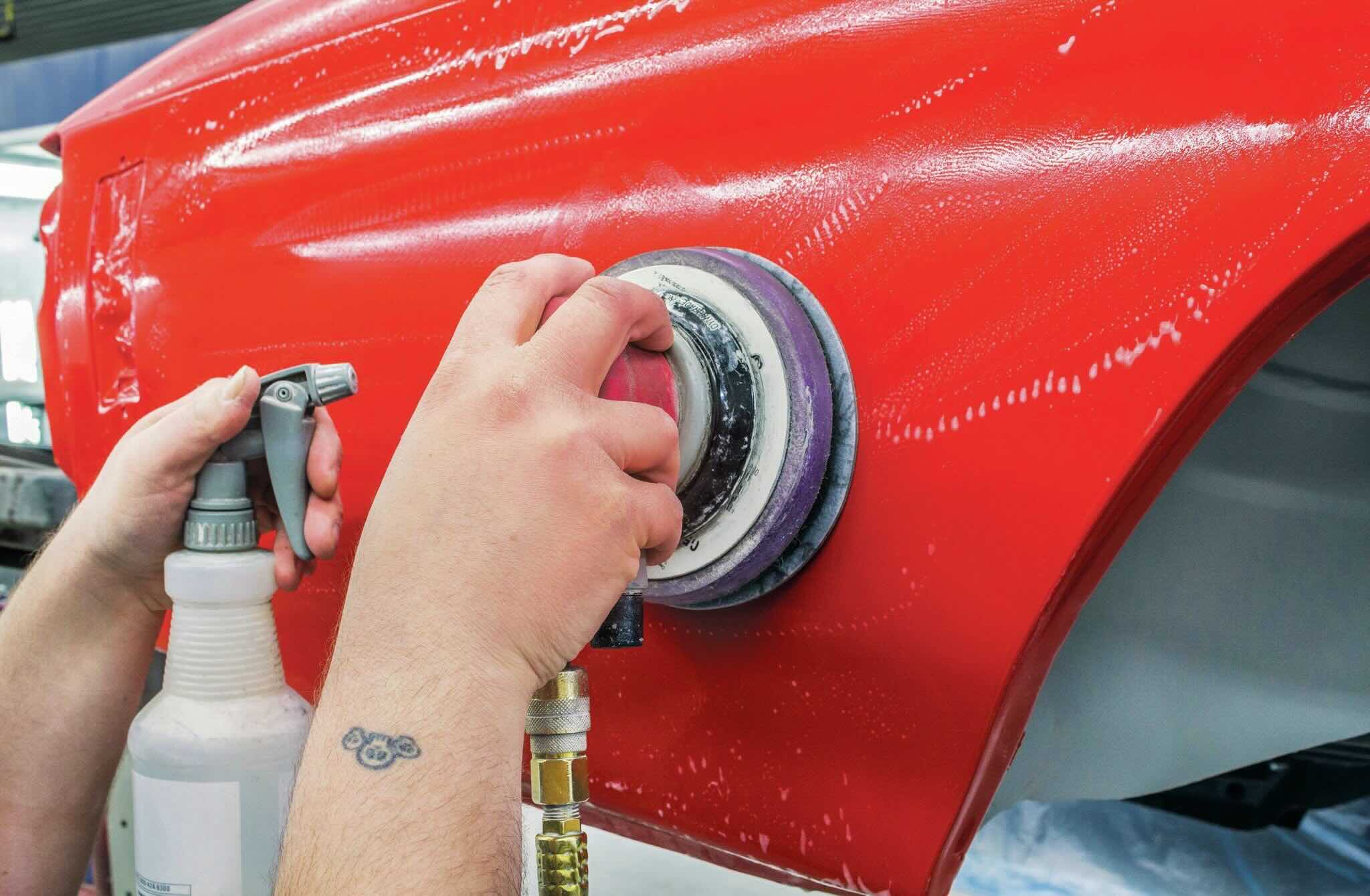
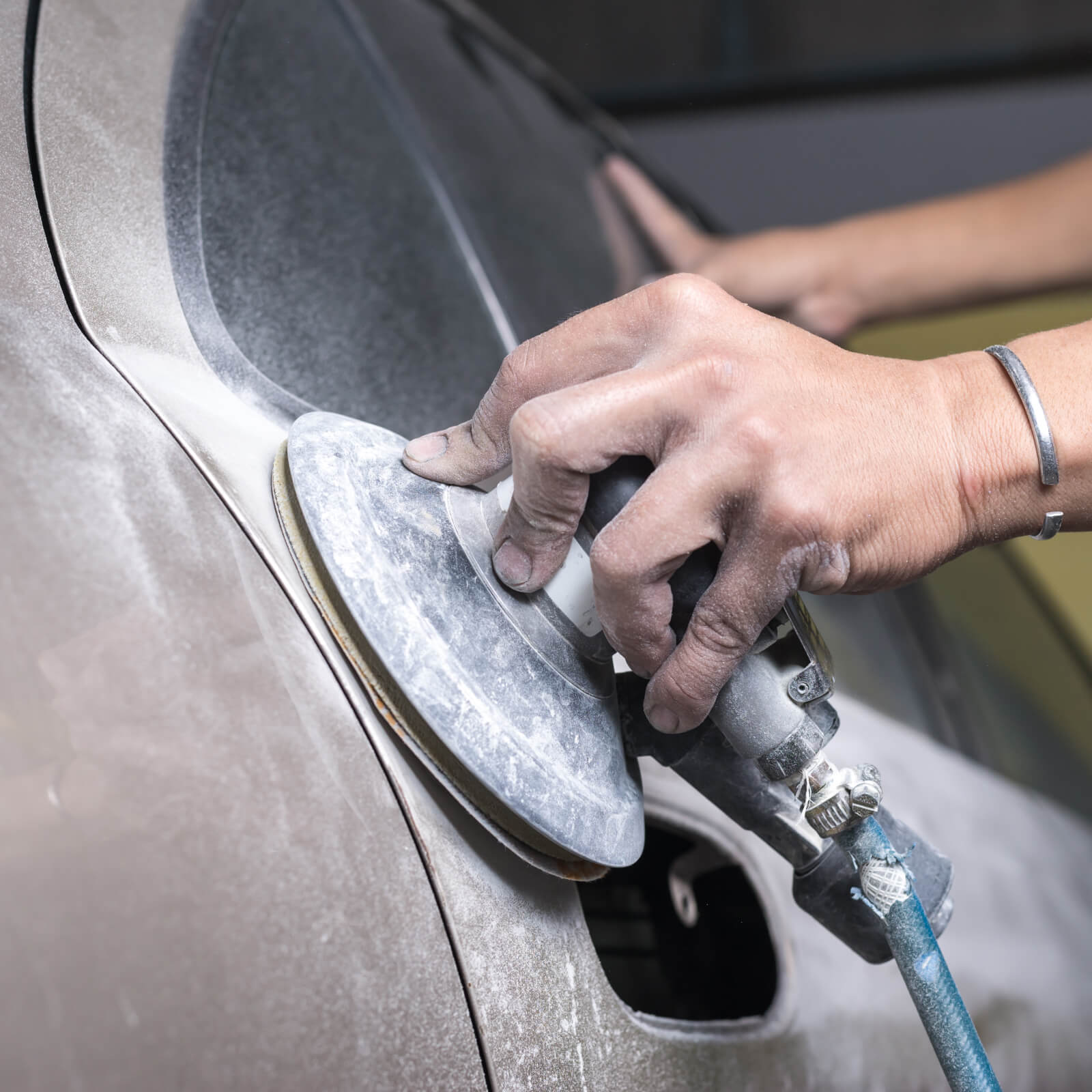
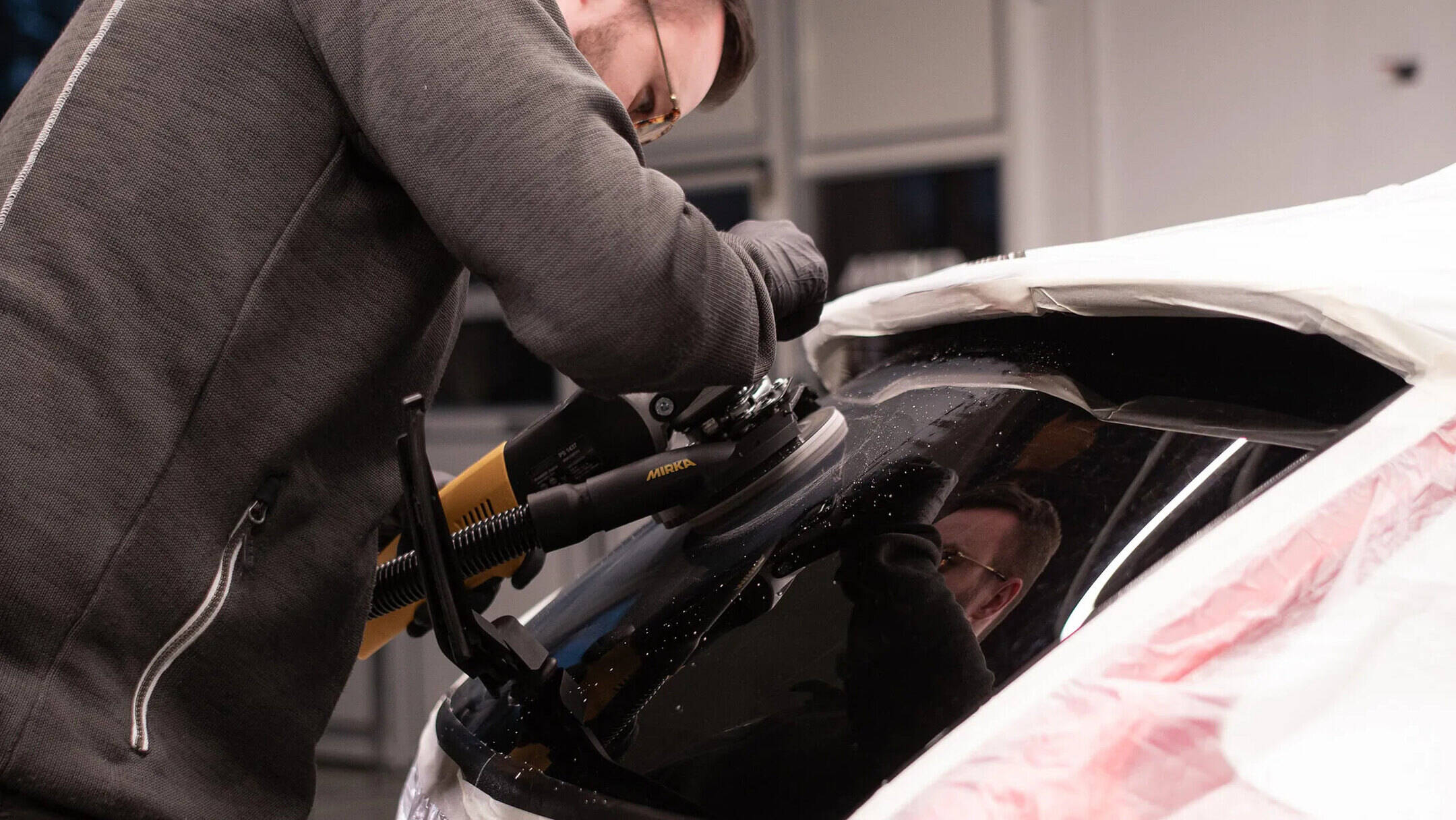
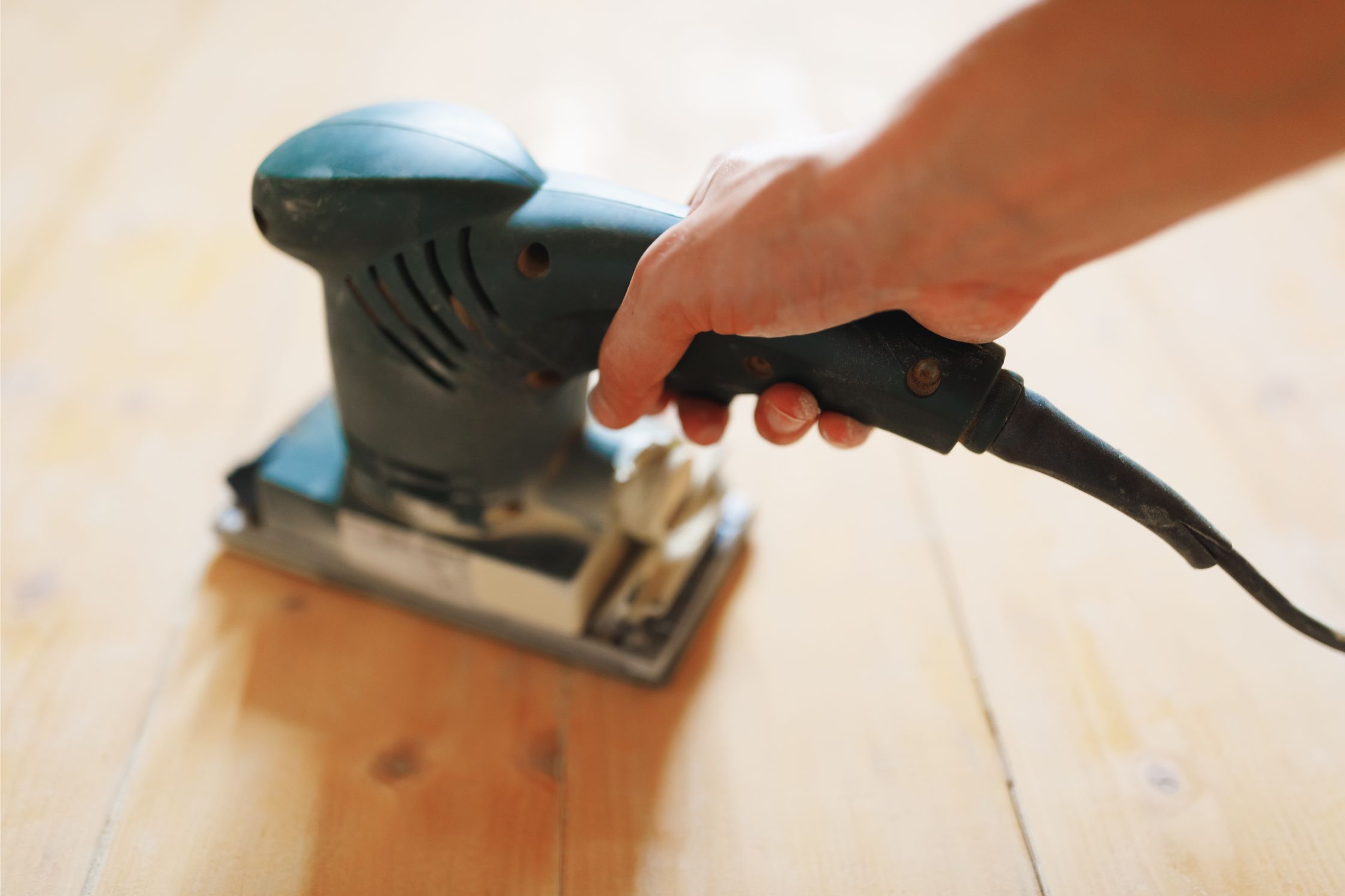
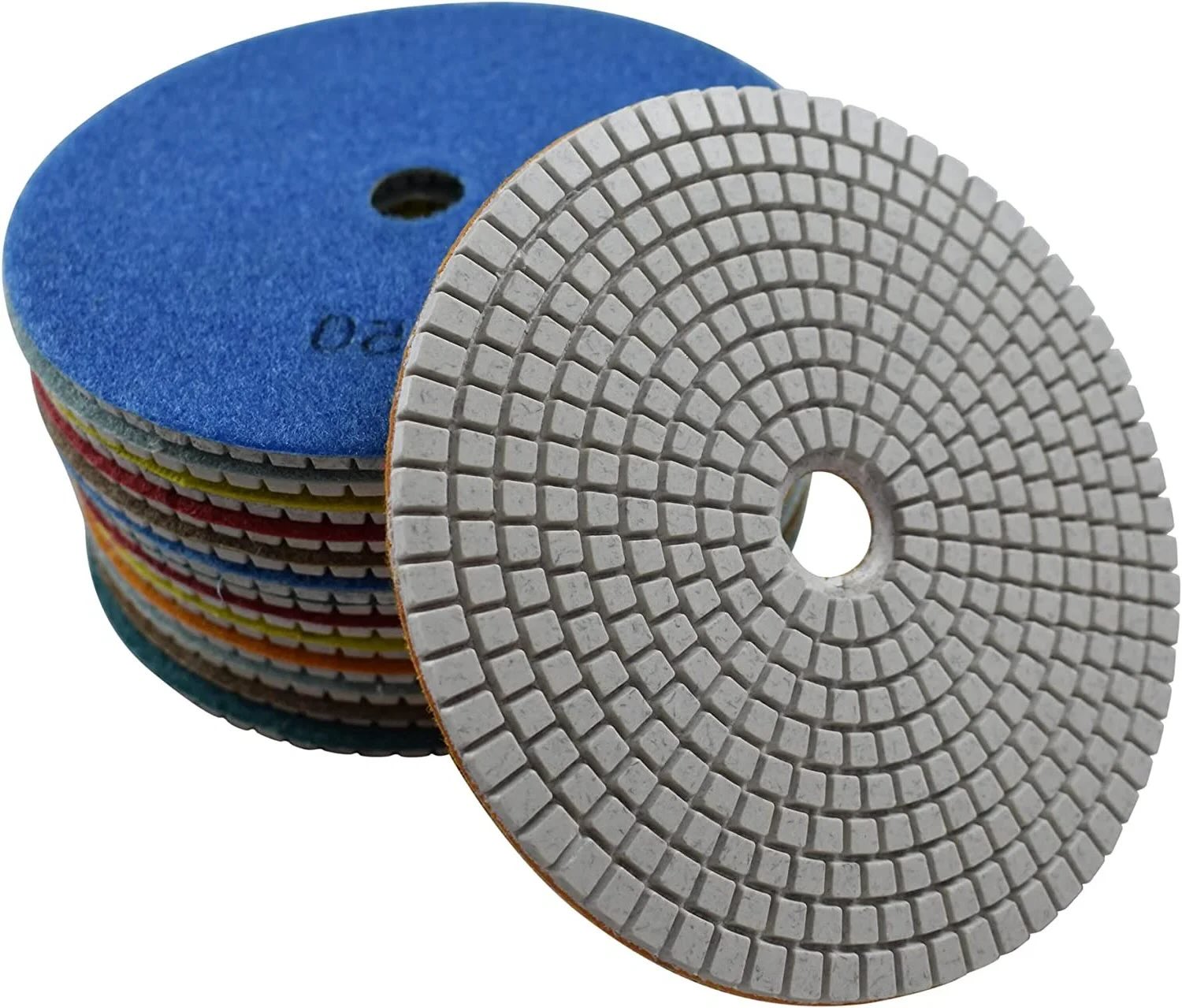


0 thoughts on “What Grit Sandpaper To Remove Scratches From Car”